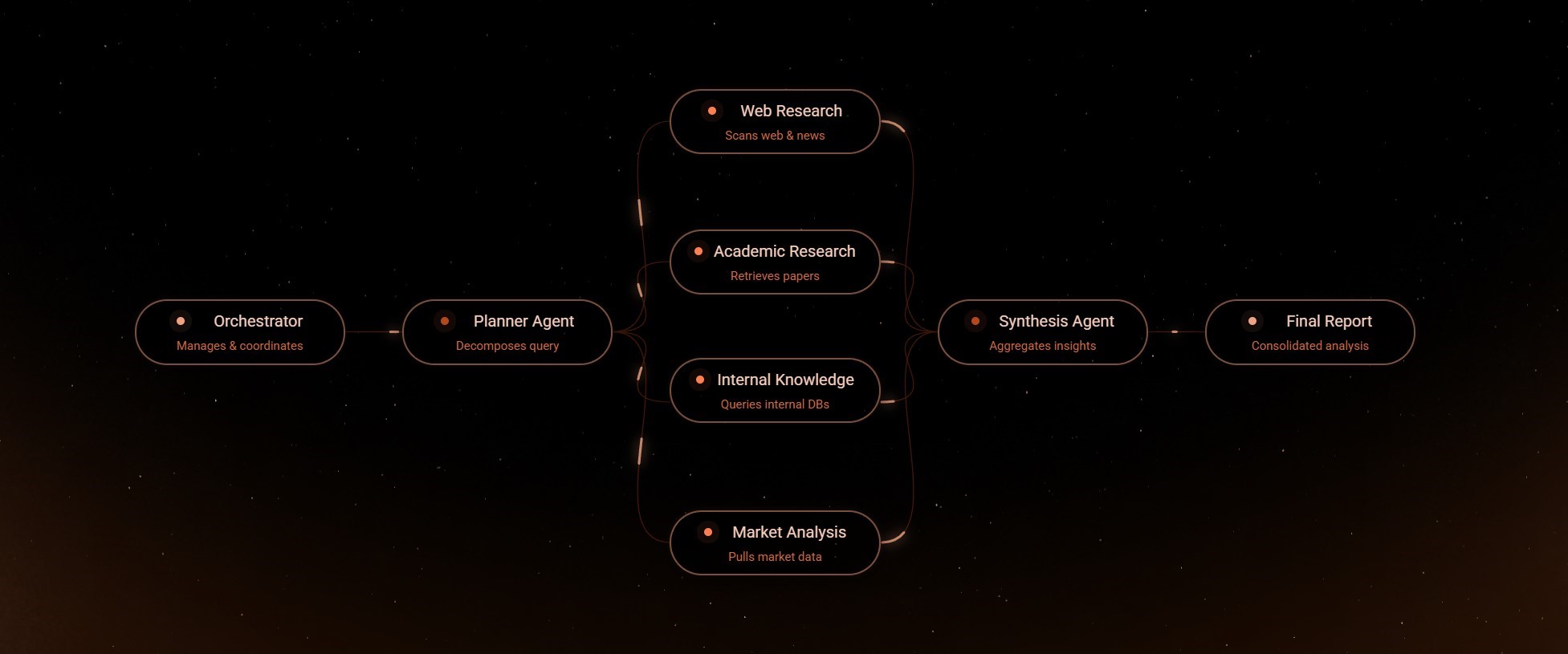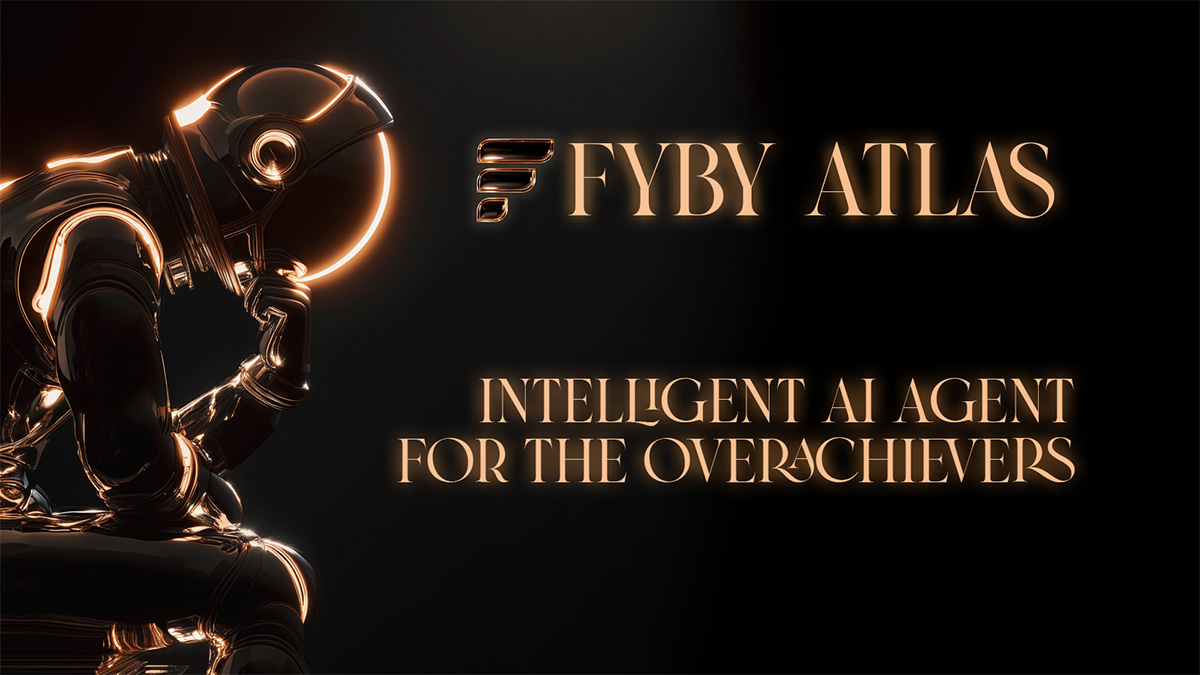Why Big Tech is Building Silos and What It Means for the Future
In the rapidly evolving landscape of artificial intelligence, major tech giants are aggressively integrating AI into their core products. Google is embedding Gemini into Chrome, Apple is developing advanced on-device models, and Microsoft is infusing Copilot across its entire ecosystem. These moves are not mere enhancements; they represent a strategic pivot toward isolated silos, where native AI models hold the reins of control. By limiting API access for third-party applications, these platforms ensure that true power remains within their walled gardens.
The Inevitable Shift to Closed Systems
This trend toward closure is driven by shifting incentives in an era where large language models (LLMs) excel at content creation. Platforms like Google and Meta, which have long relied on user-generated content, are particularly vulnerable. High-quality content can now be generated, edited, or augmented by AI agents with minimal effort, reducing dependence on unpaid creators. A more enclosed network not only safeguards premium content but also streamlines search, monetization, and creator retention. It enables automated variations, remixes, and templates, while sidestepping thorny issues like copyright.
Consider Meta’s potential: Imagine an AI-powered music generator producing royalty-free tracks tailored for Instagram users. This eliminates fair-use disputes, legal complexities, and enforcement costs, allowing the platform to thrive in a controlled environment.
X as a Superior Search Paradigm
My own experience underscores this transformation. I use X (formerly Twitter) as a dynamic search engine, bookmarking key articles, papers, and discussions into curated folders. With Grok, xAI’s AI, I conduct deep searches that incorporate query context, my bookmarks, feed, followed accounts, or even specific users as signals or filters. Iterative searches refine results, sometimes excluding viewpoints from certain influencers to sharpen focus.
Despite Gemini 2.5 Pro’s superior foundational capabilities, X paired with Grok outperforms traditional search tools like Google AI Studio. This isn’t about raw model strength; it’s about xAI’s innovative search, filtering, and archiving loop, which challenges Google’s search dominance head-on.
Dominance Through User Experience in Closed Networks
In the AI era, platforms delivering seamless experiences via closed networks will prevail. Expect a two-tier architecture: Native models with unfettered access to device sensors—screens, audio, video, facial recognition, and metadata—while external agents negotiate for data. This is why Google prioritizes Gemma in Chrome, extending beyond Android to overlay AI on every interaction. Features like Google Try-On exemplify this, blending on-device AI with real-time personalization.
Why visit Amazon or a Shopify site when your device’s AI can curate styles, simulate fits, compare prices, handle orders, and track shipments? Today’s LLMs make this feasible without awaiting next-generation models; it’s a matter of agentic design. Traditional retailers, still grappling with Web 2.0, will struggle against such frictionless experiences.
The Pitfalls of OpenAI’s Hardware Ambition
Yet, Google’s interface design shortcomings—often clunky and uninspired—leave an opening. Sam Altman at OpenAI appears to bet on this, partnering with Jony Ive to create a luxurious consumer AI device, leveraging Ive’s design prowess and OpenAI’s model edge to outflank competitors.
This strategy rests on two flawed assumptions that could doom the venture:
- Overestimating Jony Ive’s Independent Genius
As an architectural designer who has collaborated with luminaries like Wallace Cunningham, Moshe Safdie, and Zaha Hadid, I appreciate exceptional design. Ive’s Apple successes were remarkable, but those unsupervised by Steve Jobs often faltered. Jobs was the true visionary, infusing perfectionism into every detail, transforming utilitarian tech into luxury akin to LVMH. Without such oversight, even elite teams struggle to achieve transcendence. - Misjudging Consumer Adoption
Engineers often prioritize cramming features into novel form factors—pendants, glasses, or headsets—assuming beauty alone drives sales. But consumers, especially young adopters, seek gadgets that enhance social appeal and daily life. AR/VR devices like Apple Vision Pro, with its awkward social cues (e.g., displaying the user’s face externally), fail this test. Priced at $3,500, it promises immersive email and web browsing, yet air gestures pale against touchscreens or mice for precision. Why immerse in work emails on a device meant for joy and freedom? VR/AR lacks smartphones’ versatility. Few will wear bulky glasses outdoors if they obscure faces or don’t boost cool factor—key for 18-24-year-olds. Co-branding efforts, like Meta’s, won’t change that; these devices don’t align with real-world needs like social interaction or casual utility.
The Battle for an Open AI Future
As ecosystems close, open-source solutions face mounting pressure. Recent advancements owe much to teams like DeepSeek AI, whose efforts spurred competition. U.S. labs have lagged; Meta’s Llama models underperform, and their app delivers a frustrating user experience.
A future dominated by big tech’s filters is dystopian—imagine fine-tuning models on clouds without custom infrastructure, or AI assistants censoring memes as “racist” or reporting minor infractions. Gemini 2.5 Pro impresses technically, but as a personal aide? Its potential biases evoke an overzealous monitor, stifling authentic interaction.
Time will reveal the victors in this AI arms race, but preserving openness is crucial. The open-source community must rally to compete, ensuring AI empowers individuals, not just corporations. At Fyby AI, we’re committed to building tools like Fyby Atlas that prioritize user agency in an increasingly siloed world.


